Cassette Culture: Homemade Music and the Creative Spirit in the Pre-Internet Age | Interview
Jerry Kranitz has written a massive book on home cassette recording artists of the pre-internet age called ‘Cassette Culture: Homemade Music and the Creative Spirit in the Pre-Internet Age’.
For anyone who is as fascinated in the creation of art for the sake of creating art, this book is a wonder. Jerry Kranitz also used to run the incredible website/zine Aural Innovations.
Intensive 320 page Book written by Jerry Kranitz including a 2CD loaded with almost 160 minutes of Cassette-Culture / DIY Artists
The book takes a social history/analytical approach to the growth of the global cassette culture/homemade music network that sprouted and flourished from the post-punk era through the early 1990s. The author explores how the participants communicated, traded, collaborated, and set up cottage industry labels to distribute their work. A long overdue study of this pivotal yet less than comprehensively documented chapter in the post-punk and 20th century independent arts movement stories.
“I eventually came to consider this global network of homemade musicians to be a story that needed to be told”
How did you first become aware of cassette culture/trading?
Jerry Kranitz: I did a lot of interviews in the early days of publishing my Aural Innovations space rock zine. I started noticing a pattern where several subjects reminisced about how in the 1980s they recorded their music on cassettes and networked with people around the world. They described trading tapes of their original work with other homemade musicians, collaborated through the mail, and in some cases even started little cottage industry labels. All this communication was facilitated through the small press publications/zines that proliferated in the punk/post-punk era. I had never communicated with fellow music travelers outside my locale prior to the internet. It fascinated me how theses people found each other and communicated and wrote letters to each through the postal service. Think about it… collaborating on music by sending cassette tapes back and forth through the mail, adding parts, mixing, editing with 4-track Teac and Fostex Portastudios, without the benefit of email and uploading/downloading digital files.
I eventually came to consider this global network of homemade musicians to be a story that needed to be told, and formulated the dual thesis of my book, that 1980s – early 1990s cassette culture was:
A part of the larger post-punk story that deserved to be fully fleshed out
Part of the ongoing story of 20th independent arts movements (e.g., Dada, Fluxus, Mail Art)
Did you make any tapes yourself during the cassette age? Did anyone you knew personally make any?
This network and its activities flew completely under my radar while it was occurring. I was living in Atlanta in the 1980s and regularly read some of the key American publications (Op, Sound Choice, Option) that network participants relied on. But it would never have occurred to me at the time to write to any of these people to obtain their music. The only tapes I made at this time, which I started doing in the 1970s, was mixtapes. And you will recall from reading my book that mixtapes are NOT what this story is about. These people were recording their own original music and audio art.
You had been working on the book for many years, how did you finally go about publishing it?
Frank Maier is a German enthusiast (he would agree if I said “obsessive”) of this music, network and era who runs a label called Vinyl-on-Demand. VOD specializes in vinyl LP box set reissues of artists from this era, mostly in the industrial, noise, avantgarde, and minimal synth realms. VOD has also published some books. A friend who knew I was working on the book alerted Frank about the project and he approached me about publishing it. It finally hit the streets in July 2020, which unfortunately happened to be while we were in the throes of the pandemic. But I think it has all worked out very well.
What were some of your biggest obstacles to completing the book?
The biggest obstacle came probably around 2011 or so when I started going slack on the project. I felt like I just had too much going on in my life. I continued to be immersed in the topic but was not actively working on the book. A few years later I started to seriously reflect and realized that if I ever ended up with a deathbed regret, not finishing the book would be it. I also realized that what I had experienced was a crisis of confidence, which ended up just being the need to identify gaps in my research. It was full speed ahead from there.
When did you realize that you wanted to include CDs with the book? How did that change the dynamic of publishing the book?
Frank at VOD had mentioned accompanying CDs early on but, I don’t recall exactly, it fell by the wayside. Once we were close to publication he brought it up again and felt strongly that the book should include audio to support what I was writing about. We put out calls for contributions on very targeted Facebook groups. When I say “targeted” I mean where many of the group members had been key participants in the 1980s cassette culture network who would be solid candidates for inclusion on the CDs. I also contacted three people who I knew were not on Facebook but felt should be included. I’m pretty sure the selections were made it not much more than a week. So it all came together very quickly, but I think the CDs are wonderfully representative of the era that the book covers.
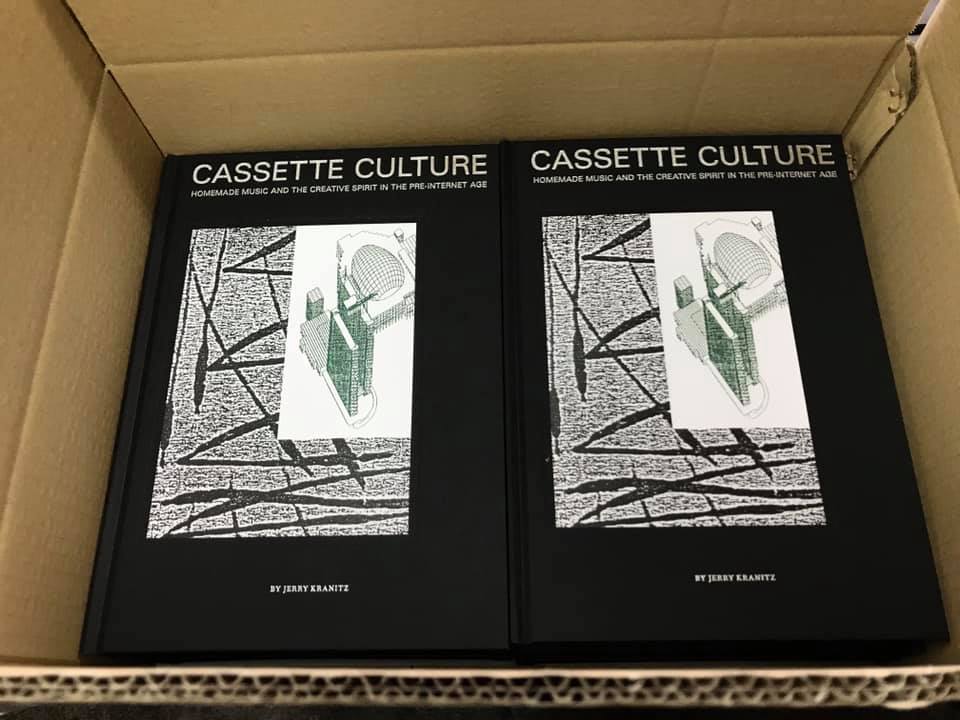
Did you ever get tempted to include cassettes instead of CD’s? Was it too problematic to do so?
That’s a perfectly valid question, and some people even mock me for including CDs with a cassette culture history. But cassettes were never practical. There was just no way to include them with what already was a 4 lb. book. The CDs fit snugly in the front and back covers, being little thicker than a couple pages. Moreover, many people who were interested enough to purchase the book no longer have cassette players. CDs were the only way to go.
“I took a social history approach to the story I was telling”
There are so many interesting people that you discuss in the book. Were they easy to track down? Were they open to talking to you for the book? Were there some who you couldn’t get in touch with?
When I started researching the book in 2007, I was concerned with interviewing a cross-section of people from different countries. Some I found because they had web sites. Some I found just by poking around on the internet. This poking around sometimes led me to people I had been unaware of, and after reading about them realized they would be ideal representatives of the era. Nearly everybody was agreeable to being interviewed and most responded in the detail I was hoping for. Some also never responded. Maybe I had bad contact information. Maybe they thought I was just blowing smoke. Anybody can say they are writing a book.
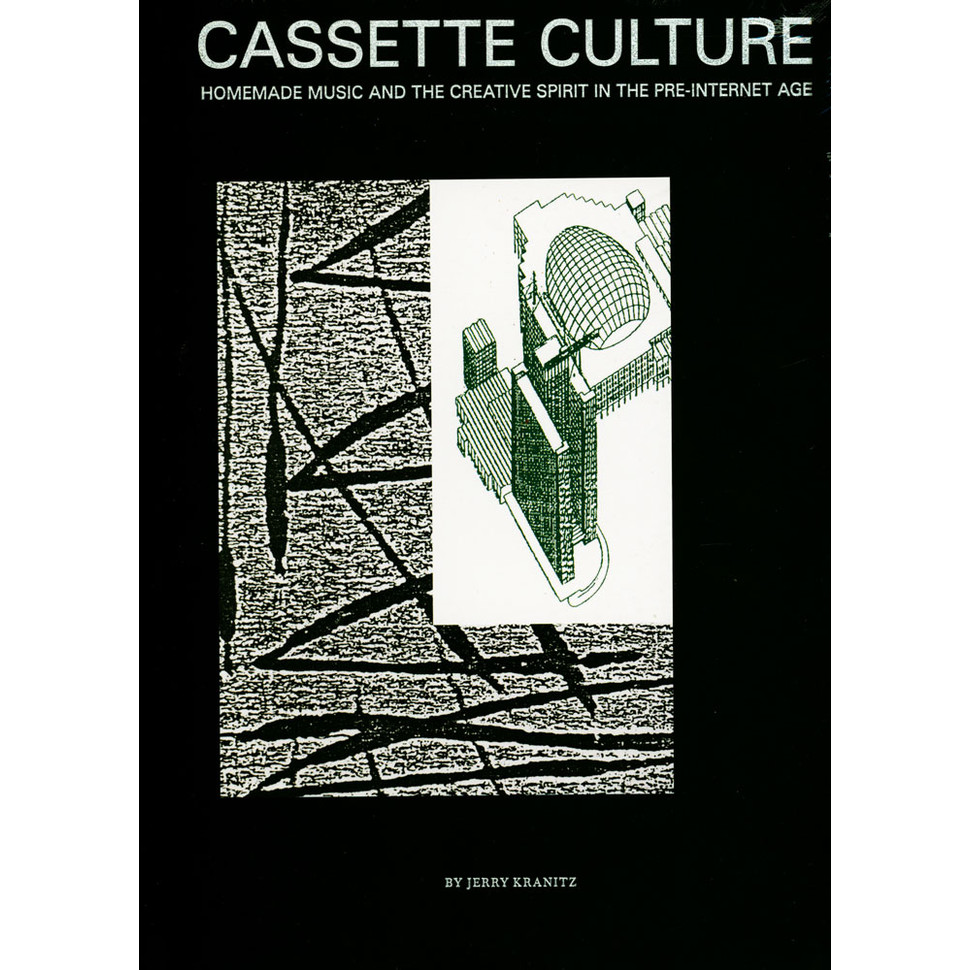
I’ll add that way more of the participants from the era are now available and accessible because of Facebook. Late in the game I had access to a lot of people I would have originally targeted for interviews. But I drew the line at that because I was on a solid trajectory toward completion. What I did do in a few cases was contact people who I had quoted from 1980s publications, showed them what I was quoting from their decades younger selves, and added their contemporary perspective.
There are some nice heart warming stories in the book, like how some people who fell in love through the exchange of cassettes. How did that make you feel?
I took a social history approach to the story I was telling. The book is actually more about the network and how people functioned within it than it is about the recordings they made. The interactions, the collaboration, and the friendships made are very much at the heart of the story and what compelled me to tell the tale. In that regard, the best anecdote in the book is about Don Campau and Robin O’Brien, hometapers living on opposite U.S. coasts, who came together as a couple. They are still married.
What aspects of the culture least interested you, and did you find that you had to write about them regardless?
There aren’t any topics I left out because they didn’t interest me. Likewise, I didn’t include anything because I felt obligated to. The biggest challenge was deciding on a concisely coherent outline of what I wanted to cover. My main concerns were to highlight how the participants communicated, exchanged tapes, collaborated, and setup cottage industry labels to distribute their work. It took many years of research and writing to land on the final outline.
How many more stories do you think there are left to tell about the pre-internet cassette age?
Quite a lot! Is there only one book about punk history? There are lots of topics, stories, and approaches to telling this history. For example, when Frank at VOD read my first draft he felt I was remiss in not talking about the sound poets. And he was absolutely correct that they are a crucial component to this history. But I had to be really hard nosed about my desired focus. Having said that, my greatest hope is that someone will read the book and feel so strongly about something that was excluded, and/or has a different spin on the story, and undertake their own research and writing project.
What parallels, if any, do you see between the cassette culture and the culture of web sites like Bandcamp which allow people to share their music freely?
I’m struggling to think of parallels. Bandcamp, which I’m a big fan of, certainly makes artists music far more available than the cassettes the 1980s artists recorded. But, and this is crucial, that doesn’t mean their recordings are being heard by more people than heard the 1980s cassette recordings. There is a massive overload of availability and choice today.
Do you feel that social media has been helpful in promoting the book?
YES!
“A network of individuals with common interests who found each other.”
What do you want people to know most about your book?
That it is about a network of individuals with common interests who found each other. And this was important because in most cases their neighbors, family and schoolmates would not share these interests. We take that for granted now because fellow travelers are so easy to find on the internet. In the pre-internet age people had to put in the effort to find each other through publications they probably found in record stores, wrote letters to each other, traded tapes of their work, waited for the postal service back-and-forth, and often collaborated on recordings. In some cases people traveled, sometimes overseas, to meet each other. They recorded their own often incredibly creative and original music and audio art, often heard only by a handful of listeners. But that absolutely did not matter. It was the creation that counted. Record companies? Who needs ‘em.
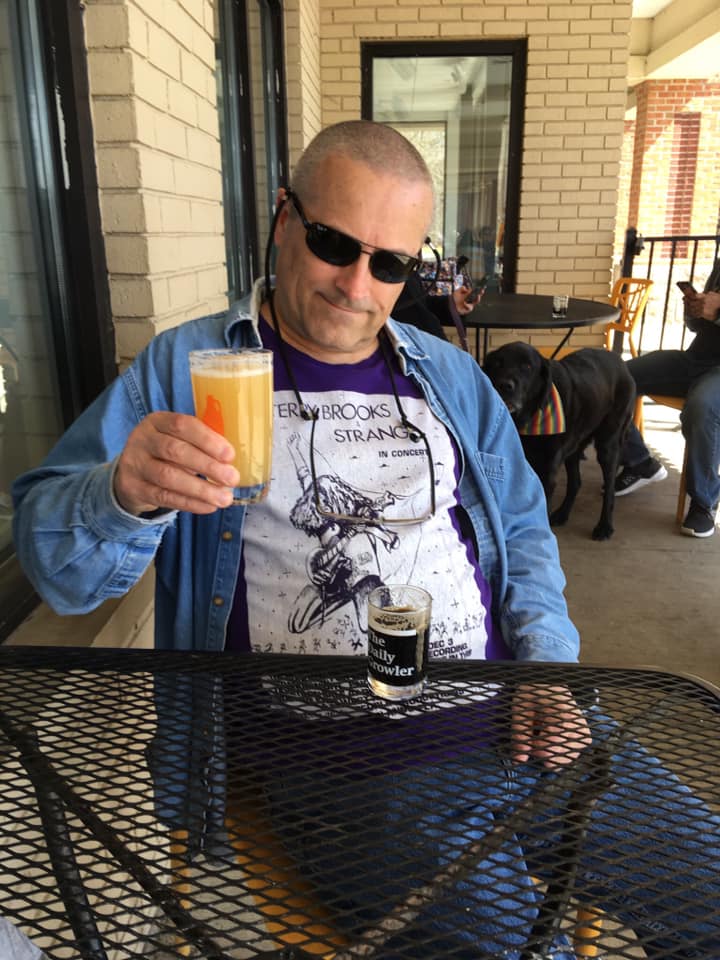
What projects are you currently working on?
I am limiting what I spend time on. I have two ongoing projects….
First, the Harsh Reality Music historical archive, found at this site.
Harsh Reality was a Memphis based cassette label launched in 1982 by Chris Phinney. I am working closely with Chris and Hal McGee, writing reviews of each tape the label released and conducting interviews with Chris. We are slowly and chronologically detailing and making available to hear every one of the over 300 tapes in the catalog.
Second, I have been working for some years now with guitarist Terry Brooks to sift through his unreleased music and make it available on Bandcamp.
Terry’s story is long and detailed, but the quickie explanation is that he self-released a private press LP in 1973 titled ‘Translucent World’, which is prized by many in heavy psych rock collector circles. He released many albums and singles through the 1990s. Terry is 78 years old now, lives in the Orlando, Florida area, and is an absolute gem of a human being.
Andreas Ravenwell
Vinyl-on-Demand Official Website / Facebook
Terry Brooks and Strange – ‘Treasures and Gems from the Treasure Chest Volumes 1-5’ (2018)

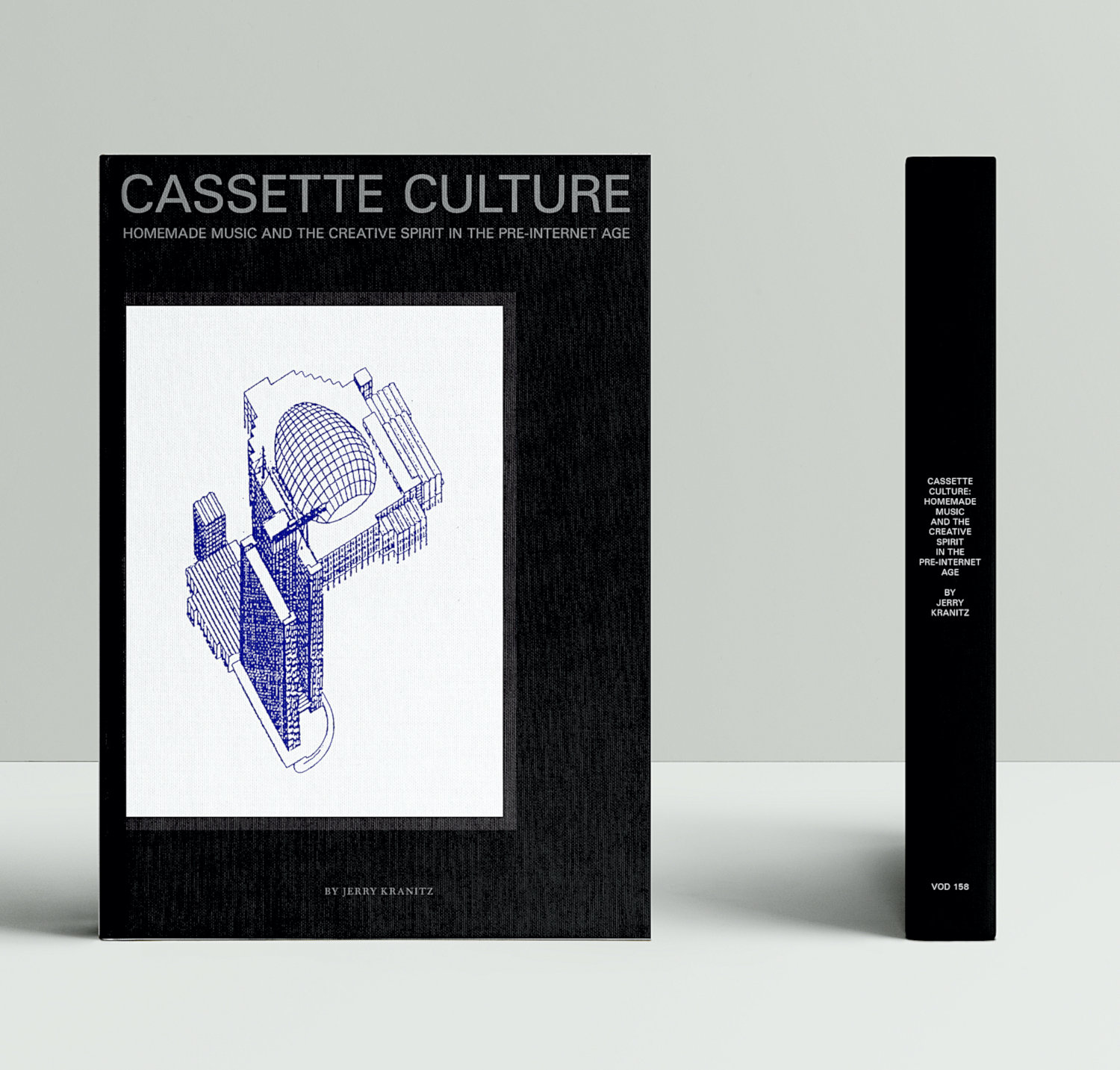
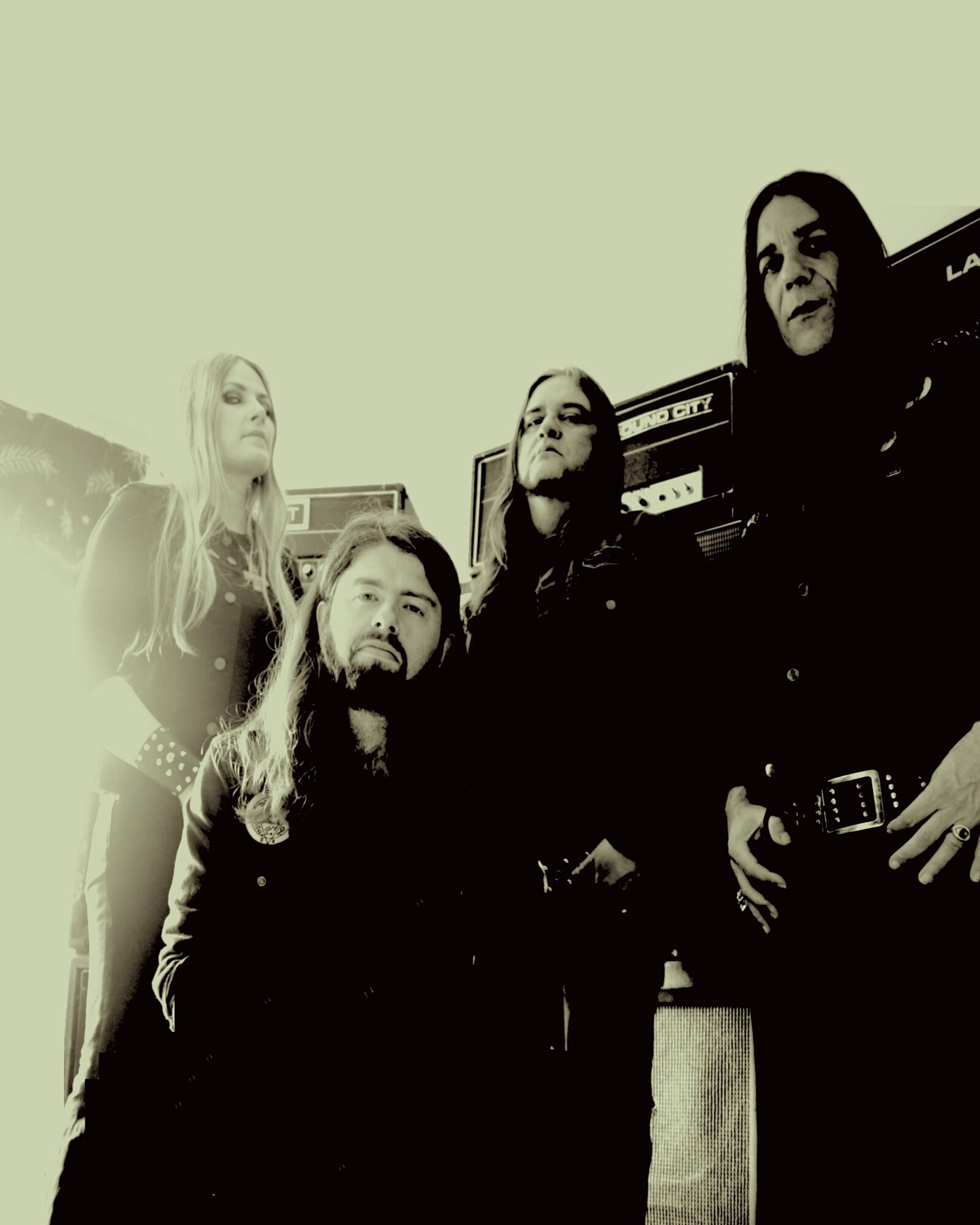

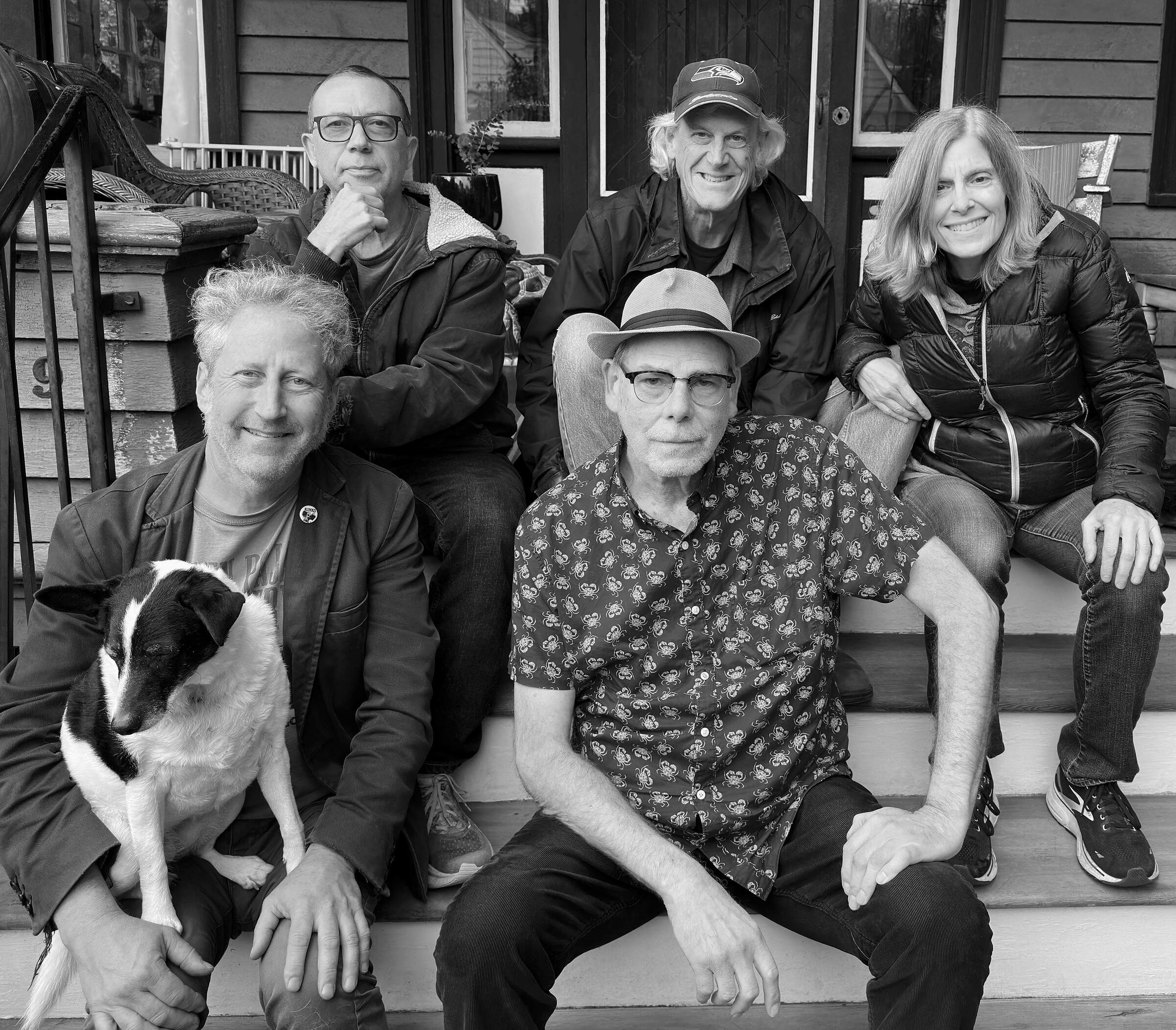
Thanks for posting the interview!